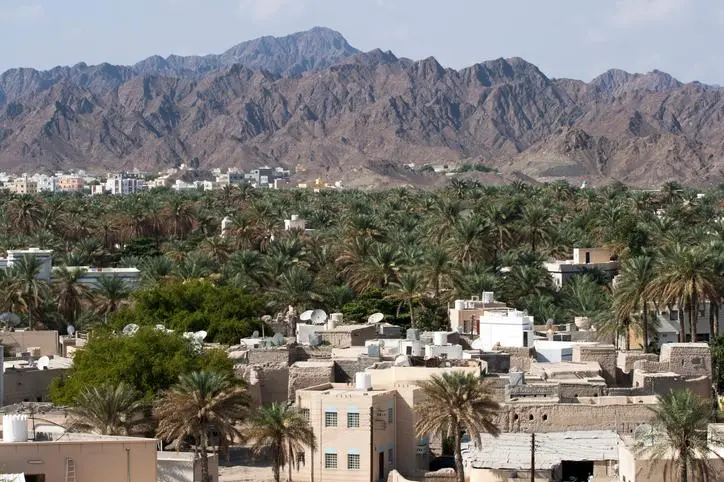PHOTO
Oman said on Sunday it expects its budget deficit to reach 5% of gross domestic product (GDP) in 2022, well within the limits of a medium-term fiscal plan launched by the Gulf state last year to fix its heavily-indebted finances.
A relatively small crude producer, Oman is more sensitive than its hydrocarbon-rich Gulf neighbours to oil price swings, meaning it was hit especially hard by the price crash in 2020 amid the COVID-19 pandemic and worldwide economic lockdowns.
But higher oil prices this year, along with fiscal reforms, are expected to narrow state deficits and slow a rise in debt levels over the next few years.
Oman plans total spending of 12.1 billion rials ($31.43 billion) next year, state news agency ONA said on Sunday.
The sultanate based its budget for next year on an oil price of $50 per barrel, ONA said, citing Finance Minister Sultan al-Habsi.
Next year, oil is expected to account for 68% of total state revenues, the agency said.
In a medium-term fiscal plan launched last year, Oman was targeting to reduce its budget deficit from an estimated 11.5% of GDP this year to 8.8% of GDP next year.
The state news agency said Oman expects public debt to reach 75% of GDP next year, which would be below previous estimates of an 86% debt-to-GDP ratio to be achieved thanks to fiscal reforms that included the introduction of a value-added tax.
Central government debt last year increased to 81.2% of GDP, the International Monetary Fund has previously said, adding it expected total debt to decline sharply to 47% of GDP by 2026.
Oman has said this year it is working with the IMF to develop a debt strategy.
($1 = 0.3850 Omani rials)
(Reporting by Aziz El Yaakoubi; Writing by Lina Najem and Davide Barbuscia; Editing by Raissa Kasolowsky) ((Lina.Najem@thomsonreuters.com;))












